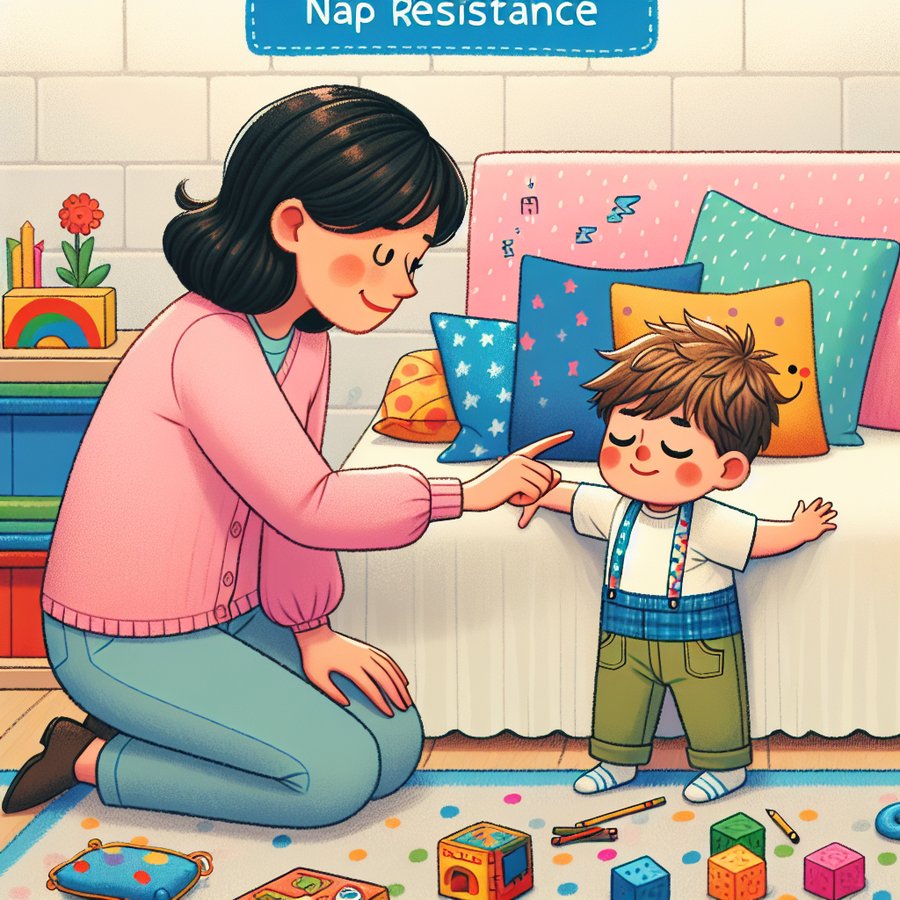Dealing with nap resistance in preschoolers is a common challenge many parents face. It’s an obstacle that can disrupt not only your child’s mood but also affect their overall health and development. In this comprehensive guide, we’ll explore practical strategies and insights to help you navigate this phase smoothly, ensuring your preschooler gets the restful nap they need.
Understanding the Importance of Naps for Preschoolers
Naps play a critical role in the health and development of preschoolers. According to research, daytime sleep is not just about rest; it’s essential for memory consolidation, emotional regulation, and physical growth. However, as children grow, their need for naps can decrease, leading to resistance. It’s important for parents to recognize the signs of sleep readiness and the benefits of napping, including improved mood and better nighttime sleep.
For an in-depth understanding of how naps benefit preschoolers, consider reading about the benefits of daytime naps for infant sleep patterns.
Strategies for Dealing with Nap Resistance in Preschoolers
Dealing with nap resistance in preschoolers requires patience, consistency, and sometimes, creativity. One effective approach is establishing a calm and predictable naptime routine. This can include reading a book, playing soft music, or other soothing activities that signal it’s time to rest. Additionally, ensuring the sleep environment is conducive to sleeping, with a comfortable temperature and minimal distractions, is crucial.
For more tips on creating an ideal sleep environment for your child, check out the information on ideal room temperature for baby sleep in winter and choosing the right sleepwear for your baby’s comfort.
Adapting to Your Preschooler’s Changing Sleep Needs
As children grow, their sleep needs change. This means the once beloved naptime may become a battleground as they assert their independence and show less of a need for daytime sleep. Observing and adapting to your child’s sleep cues is vital. Some children might benefit from shorter naps or a slight adjustment in their nap schedule. It’s also beneficial to engage them in quiet activities during traditional nap times if they resist sleeping, ensuring they still get a period of rest.
Learning about adjusting baby’s sleep schedule after travel across time zones can offer insights into the flexibility and adaptation needed in managing sleep schedules, which can be applied to handling nap resistance effectively.
Dealing with nap resistance in preschoolers is a journey that requires understanding, patience, and a bit of strategy. By recognizing the importance of naps in your child’s development, establishing a soothing naptime routine, and being adaptable to their changing sleep needs, you can help ensure your preschooler gets the rest they need. Remember, every child is unique, and what works for one may not work for another. Stay patient, keep experimenting with different strategies, and consult with a pediatrician if you have concerns about your child’s sleep.
For additional reading on managing sleep challenges, explore tips on nap training a resistant toddler and strategies for addressing common sleep regressions throughout baby’s first year.













